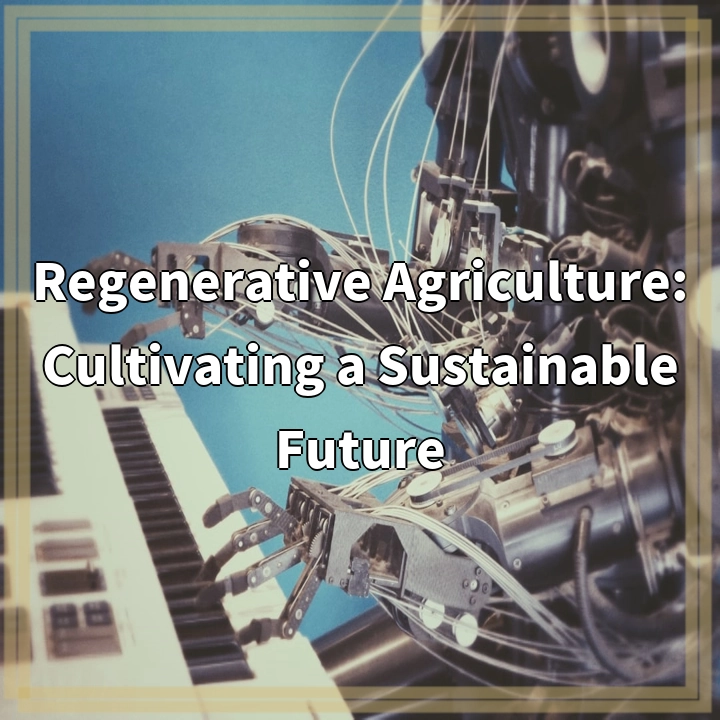
What it is:
Grassroots environmental movements are local, community-driven initiatives aimed at addressing environmental issues through collective action and advocacy. These movements often emerge in response to specific environmental challenges that directly affect communities, such as pollution, deforestation, climate change, and conservation needs. Unlike large-scale organizations, grassroots movements are typically led by community members who are passionate about protecting their environment and improving their quality of life.
Key Characteristics of Grassroots Movements
Grassroots movements are characterized by their bottom-up approach, emphasizing community involvement and local knowledge. They often rely on volunteer efforts and grassroots fundraising to support their projects. These movements can range from small neighborhood clean-ups to large-scale campaigns that influence legislation and public policy.
Real-World Problems
Grassroots environmental movements face a variety of real-world problems that can impede their effectiveness. One major challenge is the lack of funding and resources. Many grassroots initiatives operate on limited budgets, making it difficult to sustain long-term projects or scale their impact.
Resistance from Corporations and Governments
Additionally, grassroots movements often encounter resistance from corporations and government entities that prioritize economic growth over environmental protection. This can lead to conflicts over land use, resource extraction, and pollution control, undermining the goals of grassroots activists.
Community Engagement and Inclusion
Engaging the community and ensuring inclusivity is another challenge. Grassroots movements must strive to involve diverse voices and perspectives to effectively address complex environmental issues. Failure to engage marginalized communities can lead to inequitable outcomes and a lack of support for initiatives.
Awareness and Education
Moreover, raising awareness and educating the public about environmental issues is crucial for the success of grassroots movements. Many communities may be unaware of the severity of environmental problems or the importance of sustainable practices, which can hinder participation and support for initiatives.
Conclusion
Despite these challenges, grassroots environmental movements play a vital role in advocating for sustainable practices and fostering environmental stewardship at the local level. By empowering communities, these movements can drive meaningful change and contribute to a healthier planet for future generations.

Solutions for Empowering Grassroots Environmental Movements
To effectively address the challenges faced by grassroots environmental movements, various solutions can be implemented to empower communities and enhance their impact. These strategies focus on resource allocation, community engagement, and education to create a sustainable future.
1. Increasing Funding and Resources
One of the primary solutions is to secure increased funding and resources for grassroots movements. This can be achieved through partnerships with local businesses, government grants, and crowdfunding initiatives. Providing financial support can help sustain long-term projects and expand their reach within the community.
2. Building Alliances with Organizations
Grassroots movements can benefit from forming alliances with larger environmental organizations or NGOs. These partnerships can provide access to resources, training, and expertise, enabling grassroots activists to enhance their advocacy efforts and navigate challenges more effectively.
3. Engaging the Community
Community engagement is crucial for grassroots movements. Developing outreach programs that involve diverse community members ensures that all voices are heard and incorporated into decision-making processes. Utilizing social media and local events can increase participation and build a strong support network.
4. Creating Awareness and Educational Campaigns
Raising awareness about environmental issues through educational campaigns is essential for grassroots success. Providing workshops, informational resources, and engaging storytelling can educate the public about the importance of sustainable practices, thereby fostering greater community support for environmental initiatives.
5. Advocating for Policy Change
Grassroots movements should actively engage in advocacy for policy changes that benefit the environment. This involves lobbying local governments, organizing petitions, and participating in public hearings to ensure that environmental concerns are prioritized in decision-making processes.
Conclusion
By focusing on these solutions—securing funding, building alliances, engaging communities, creating awareness, and advocating for policy change—grassroots environmental movements can effectively overcome challenges, empower communities, and create lasting environmental change.















